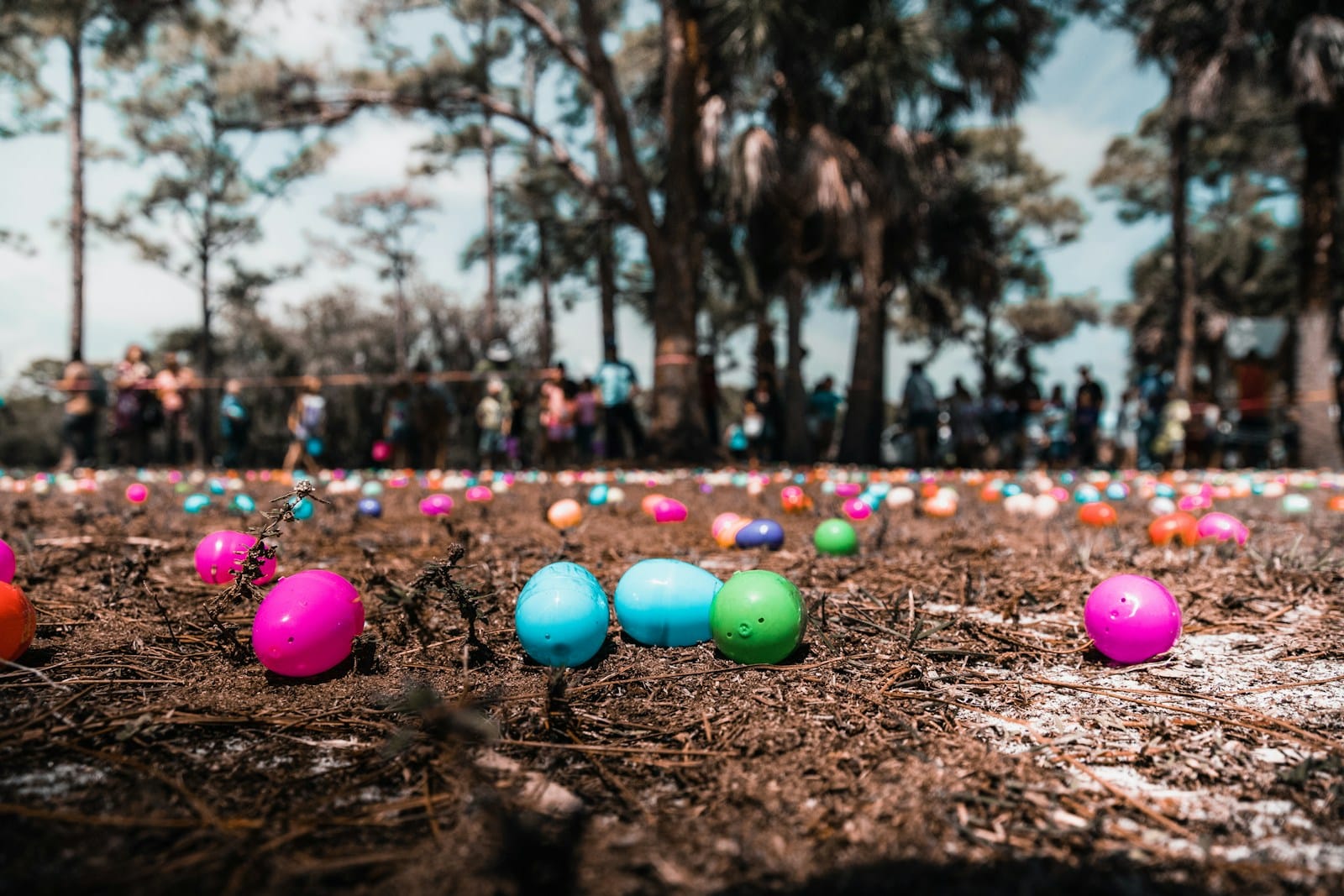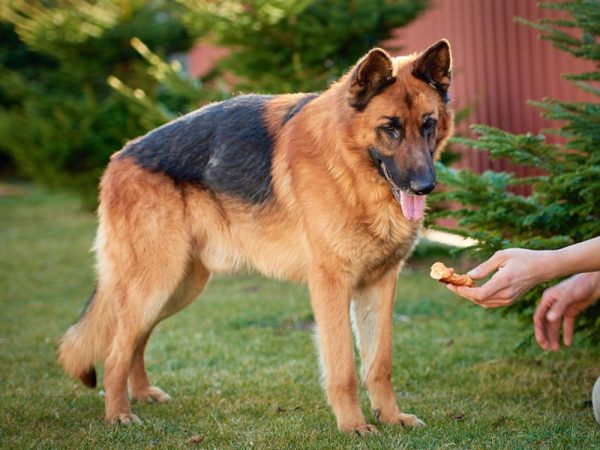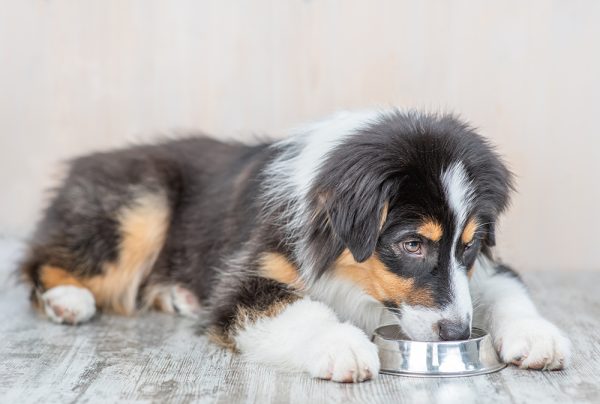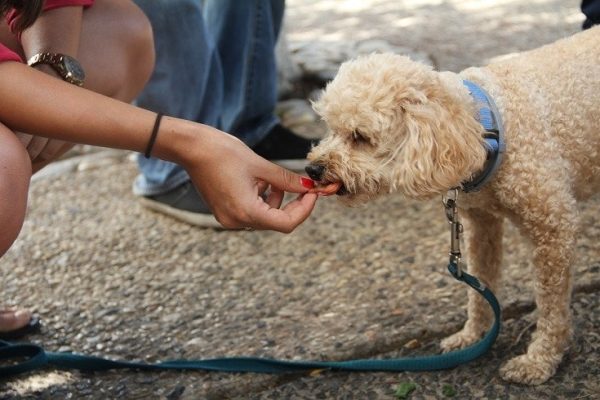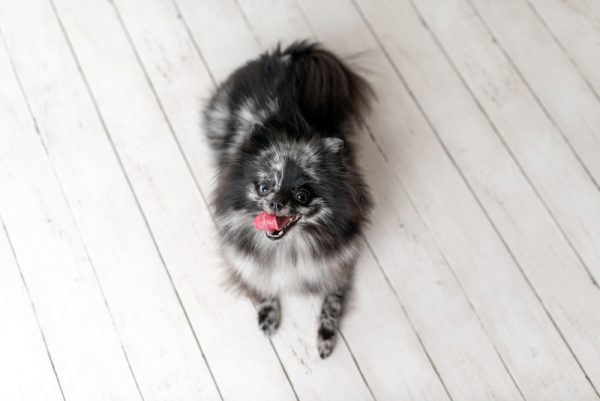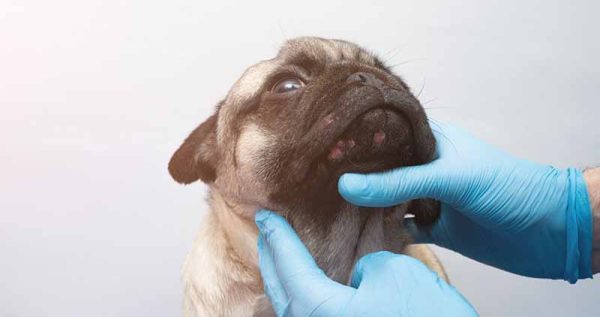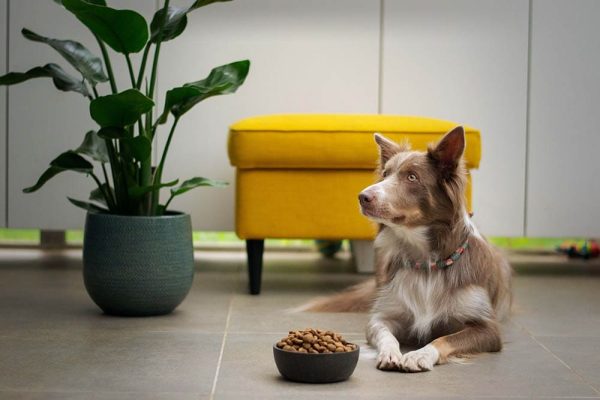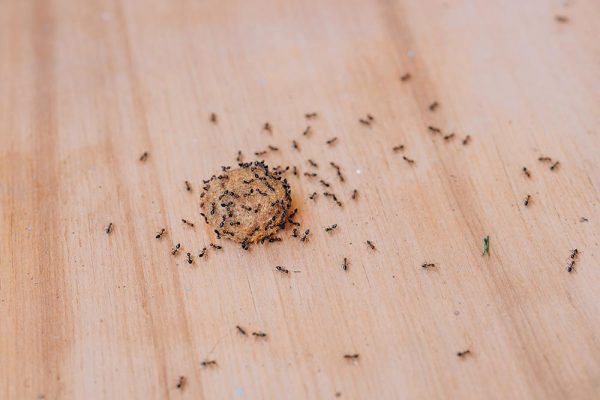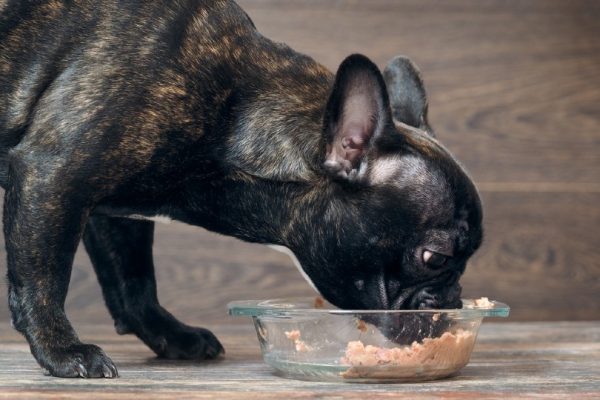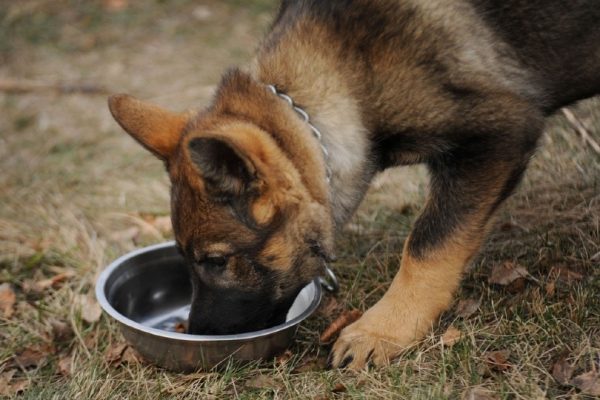Easter egg hunts are a common pastime and tradition for kids around the spring holidays. But if you’re not setting up an Easter egg hunt for your dog, you’re missing out on an opportunity to provide some enrichment and allow your dog to engage one of their most powerful senses: smell.
It’s simple and inexpensive to set up an Easter egg hunt for your dog, but there are some important differences between dog-friendly egg hunts and egg hunts for children. Here’s everything you need to know for a safe and fun Easter egg hunt for your dog.

The 6 Tips to Have Easter Egg Hunts With Dogs
1. Choose Dog-Safe Treats
Traditional Easter egg hunts usually involve plastic eggs filled with candy, much of which is not safe for canines. Only use dog treats in small bits, and ensure that your dog doesn’t get anything toxic, like chocolate, or an upset stomach from overindulging. It’s best to have especially smelly treats that will help your dog engage their noses to hunt for rewards.
2. Make the Eggs Dog Friendly
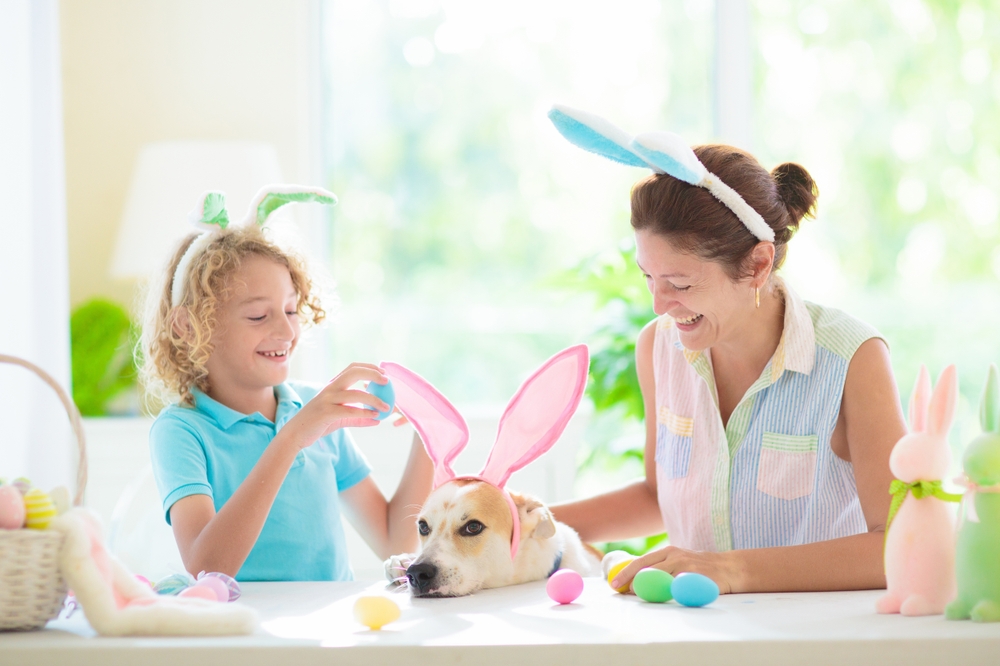
Plastic Easter eggs are affordable and easy to come by, but risks are involved. These flimsy plastic eggs have two pieces that fit together to hold a candy—or a dog treat—but they have to be appropriately sized for your dog. Make sure the eggs aren’t small enough to be swallowed. If your dog likes to chew, it may be best to put treats in toys. Another option is to make Easter eggs out of carob, which is a dog-friendly chocolate alternative! You can also omit the eggs altogether and just hide treats in your home or yard.
3. Monitor the Hunt
It’s ideal to have an Easter egg hunt in your own backyard where your dog is safe and contained, but that’s not possible for everyone. If you choose to have an egg hunt in a public park or participate in an organized dog egg hunt, you will need to take some safety precautions, like keeping your dog on a leash and maintaining a safe distance from other participants.
If you are hosting an egg hunt at home, you can leave your dog off-leash. However, you still need to monitor them to ensure they don’t ingest a plastic egg. If you have multiple dogs, be careful about conflict over their treasure finds. In this case, you can set up individual egg hunts for each one or have two handlers keep the dogs at a safe distance from each other.
4. Keep Track of Your Eggs
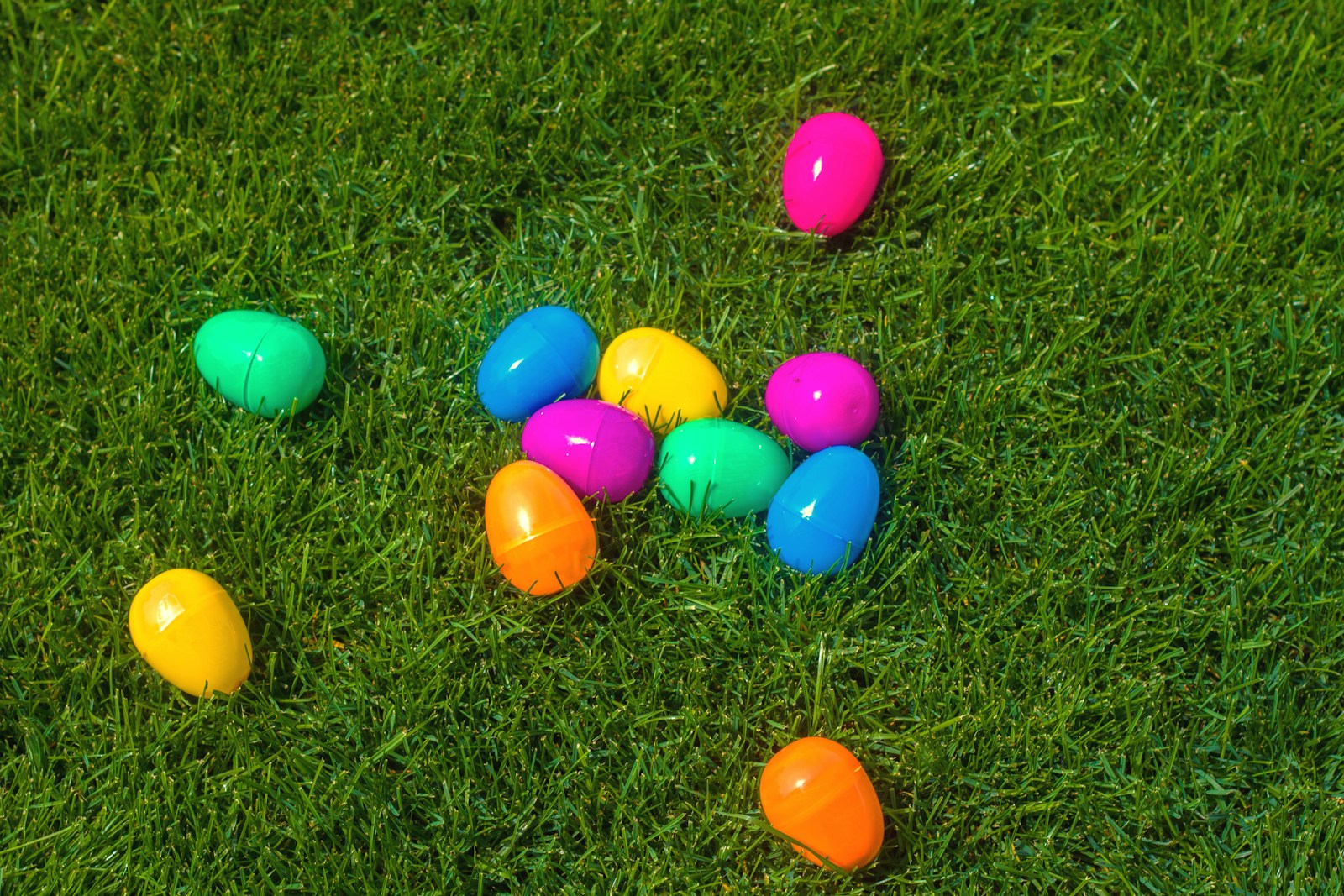
You may think you’ll remember where each egg is hidden after the hunt, but you’d be surprised. It’s important to track the locations of all the eggs and keep count. Otherwise, you and your dog may miss an egg, leading to a fight or possible injury if your dog or another animal finds it another day. After the hunt is over, gather up all the eggs.
5. Be Patient With Your Dog
If you don’t play hide-and-seek with treats or do scent work with your dog regularly, don’t make the hunt too difficult. Hide an egg in an obvious spot and help your dog find it if needed. They’ll eventually get the hang of the game.
6. Don’t Mix Children and Dog Egg Hunts
Both children and dogs enjoy Easter egg hunts, but you shouldn’t do them together. It’s too easy to lose track of eggs or have your participants get confused. Kids won’t be pleased to work hard to find a smelly dog treat, and dogs may get a hold of an egg that has candy or chocolate, which is toxic to them. Host the hunts separately, and track the eggs with different colors or styles. Make sure you keep count and gather all the eggs for children and dogs after the hunt is over.

Are Easter Egg Hunts Good for Dogs?
Yes! Like regular scent work, Easter egg hunts are a fun, low-impact enrichment activity that can be adapted for dogs of any size, breed, age, or ability. While some dogs have a stronger sense of smell, all dogs can seek out treats using their noses. You may even find that your dog enjoys it so much that you pursue recreational scent work the rest of the year.

In Conclusion
Easter egg hunts can be fun for humans and dogs alike. These tips will help you adapt the traditional Easter egg hunt for your dog to ensure it’s safe and fun for them, whether you attend a public event, start a search in your yard, or hide a few eggs around the house.
Featured Photo by Jason Jarrach, Unsplash

